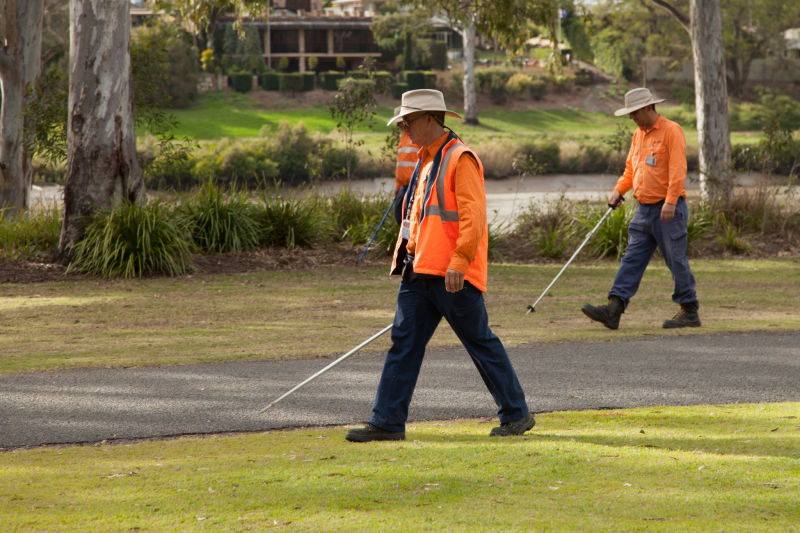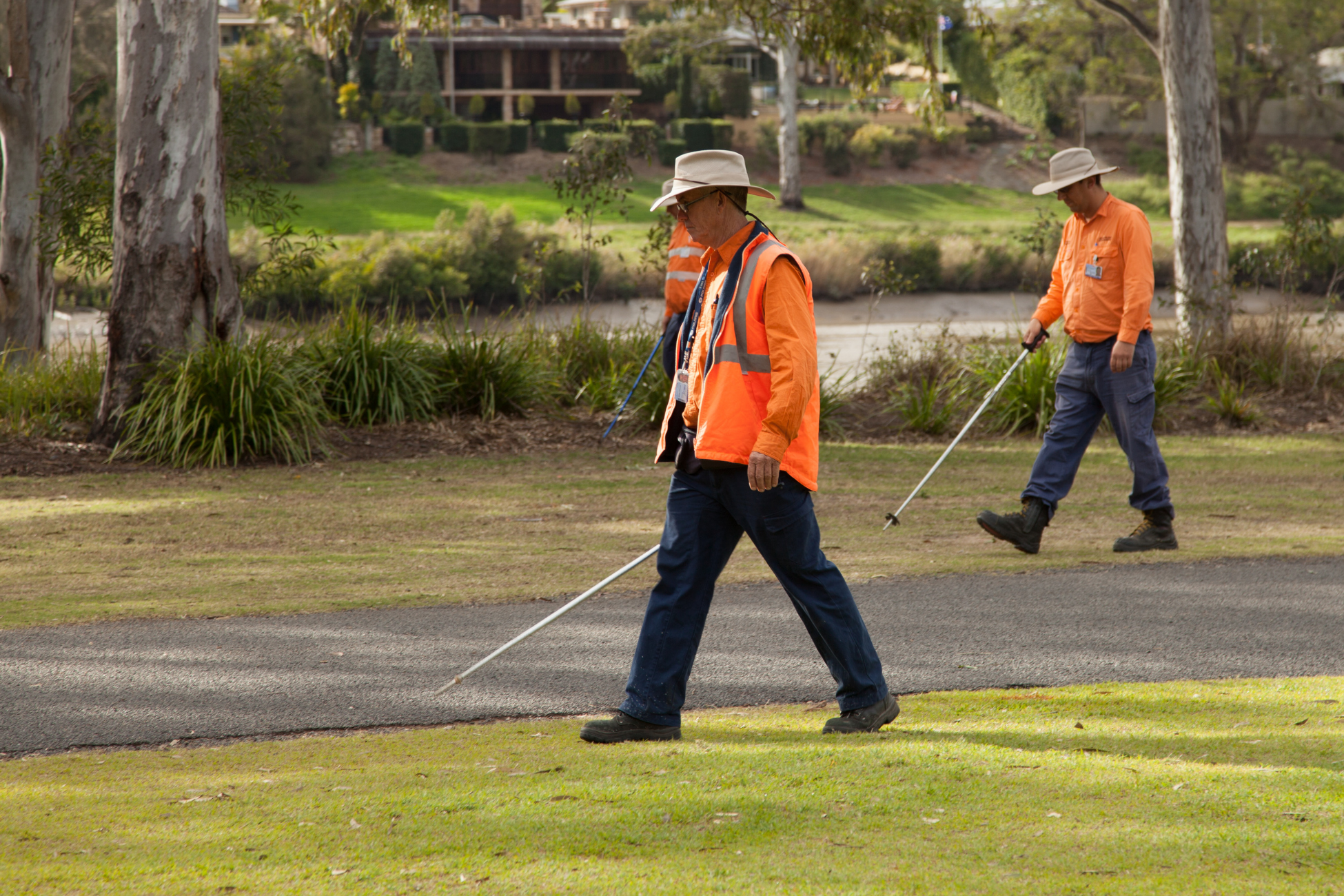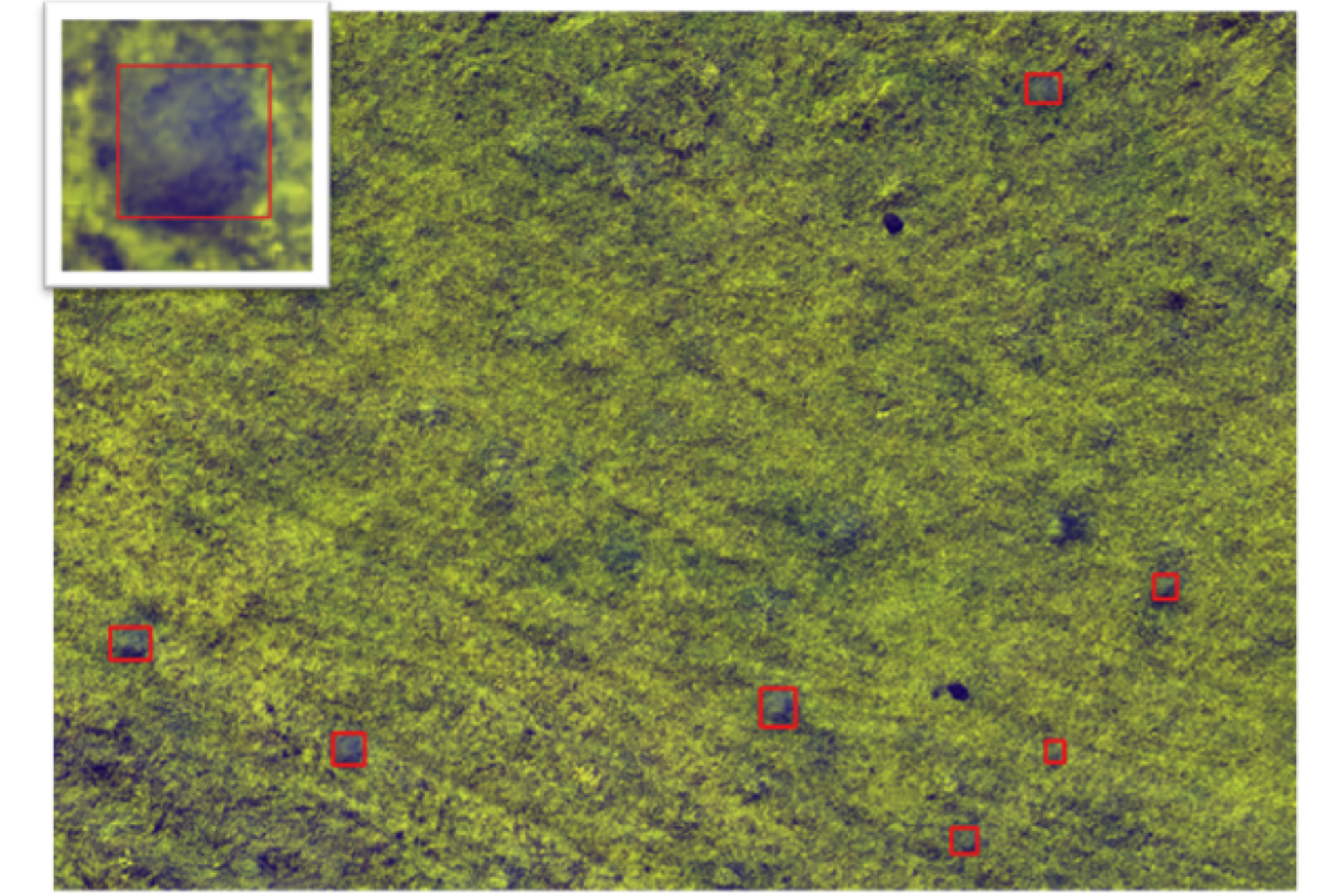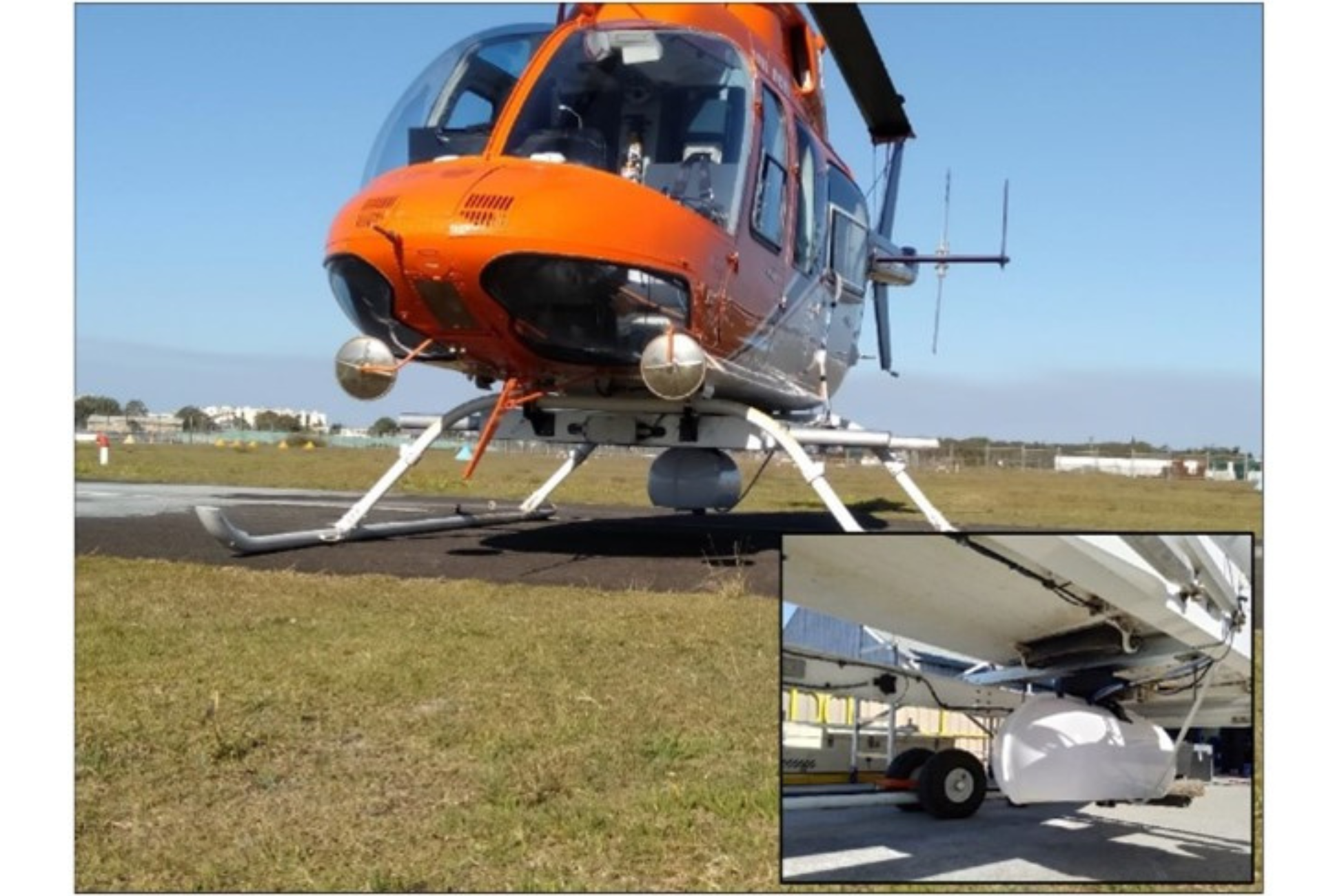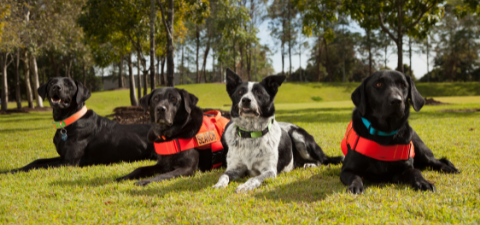Checking for fire ant nests is a key part of our eradication plan.
Under our Fire Ant Response Plan 2023–27, we will stop the spread of fire ants by conducting surveillance activities around the outside of the infestation.
Our current surveillance area forms a ring around the known fire ant infestation, spanning from Moreton Bay to the Lockyer Valley and down to the Tweed Shire.
Fire ant surveillance is completed:
- year-round, with an intensive period of work done in the cooler months (when fire ants nests are more visible)
- on targeted properties and in areas recognised as ideal habitat for fire ants
- by trained field officers, odour detection dogs and aircraft with specialist technology
- at regular intervals throughout the year and for 5 years post eradication treatment
- to determine the presence or absence of fire ants (PDF, 820.1KB) in areas.
The surveillance activities we complete in response to outlier detections are different.
Aerial surveillance
We use new and improved remote sensing technology to help us look for fire ant nests.
This technology, which consists of multispectral cameras mounted to a helicopter, scans the landscape for fire ant nests. It is not used anywhere else in the world.
Our helicopters fly at an altitude of 750 feet (230m).
During our remote sensing flights, we capture long and shortwave infrared and near-infrared images, and standard imagery from the visual spectrum (red, green, blue). The combination of these image types allows us to capture important details that cannot be seen with the naked eye alone, including the heat signature of fire ant nests.
We then analyse the images using an artificial intelligence algorithm to determine what could be a fire ant nest that is then validated by our teams.
Identifying small points in a large and complex image is difficult, and the AI sometimes provides 'false positive' results. These results are important as they will help us improve our surveillance methods and provide us with confidence that an area is free of fire ants.
The National Fire Ant Eradication Program (through the Department of Agriculture and Fisheries) is collecting data as part of a biosecurity surveillance program to identify the location of fire ant nests as authorised under Section 294 of the Biosecurity Act 2014. The information is collected by Outline Global on behalf of the department and is used to direct and monitor fire ant management and eradication activities only.
It is not intended that any personal information will be collected from this surveillance however, any personal information inadvertently captured through surveillance will be redacted from any footage. All information will only be used or disclosed for the detection and management of the fire ant program unless otherwise authorised or required by law. For further privacy information go to: daf.qld.gov.au/site-information/privacy

